Sautéed Asparagus is an elegant side dish. It is quickly and easily prepared, making it ideal for busy weeknights but so good you will also want to serve it on special occasions. There is minimal effort involved with this very simple cooking method; just toss the asparagus in a hot pan until the stalks become crisp tender and slightly caramelised. It’s one of my favourite ways to quickly cook a tasty side dish that will go with almost everything and a great way to celebrate this seasonal vegetable.
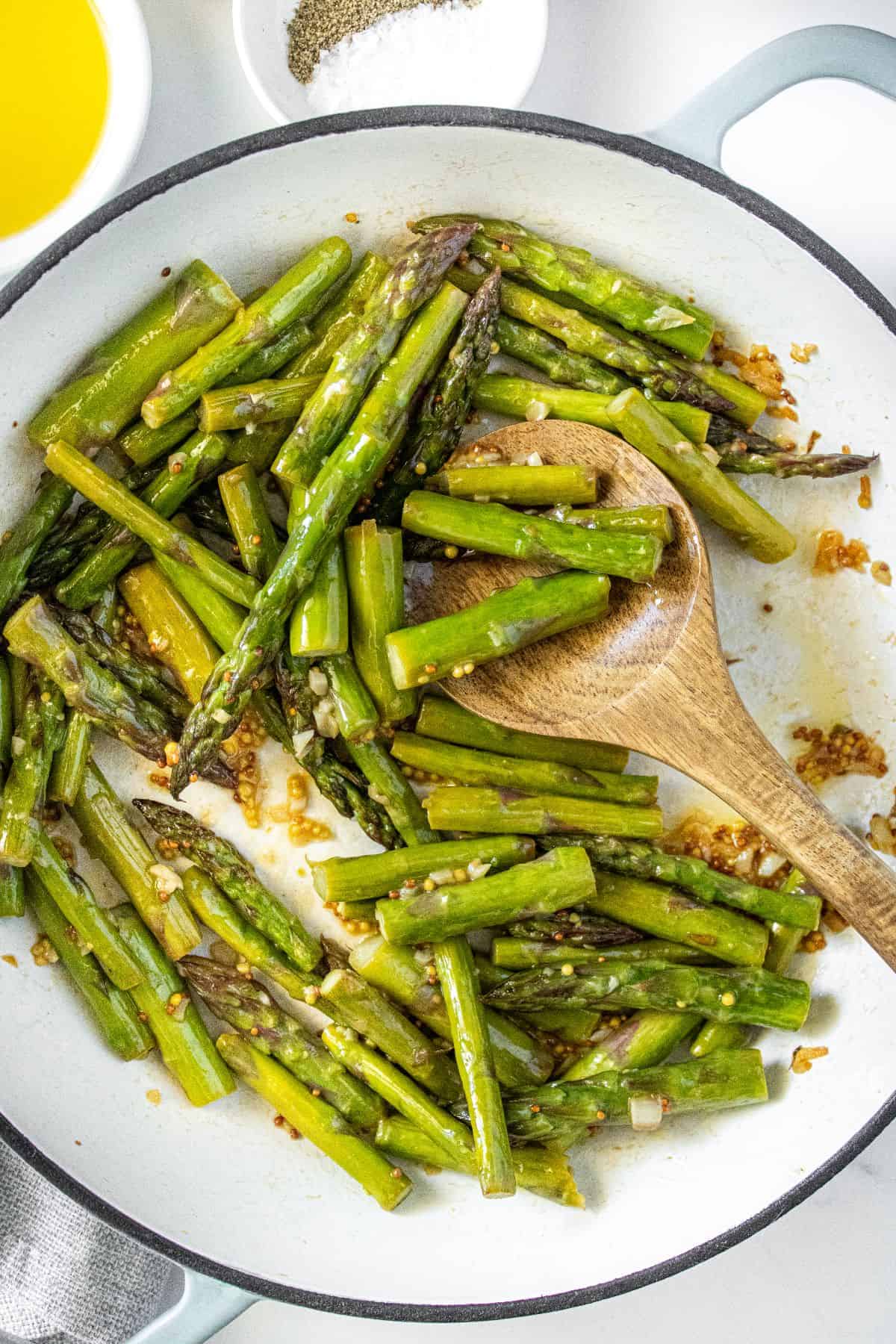
Why You'll Love This Recipe:
- It is made from simple ingredients.
- The recipe is naturally gluten-free, nut-free and vegetarian, making it suitable for many people with specific dietary requirements.
- It is easy to increase the amounts for a larger number of people.
- You will find that sautéing is a quick and easy method of cooking vegetables, one that you will use frequently.
- This is a recipe that is the perfect side dish to almost any protein.
Recipe Inspiration: when asparagus is in season, this is just one of the ways I like to enjoy it. It is a versatile vegetable; use it in soup, risotto, salads such as my Chargrilled Asparagus with Feta and Mint, or Asparagus and Filo Rolls, an easy appetiser.
Ingredients and Substitutions:
Please see the recipe card further along in the post for exact quantities of ingredients and the full method.
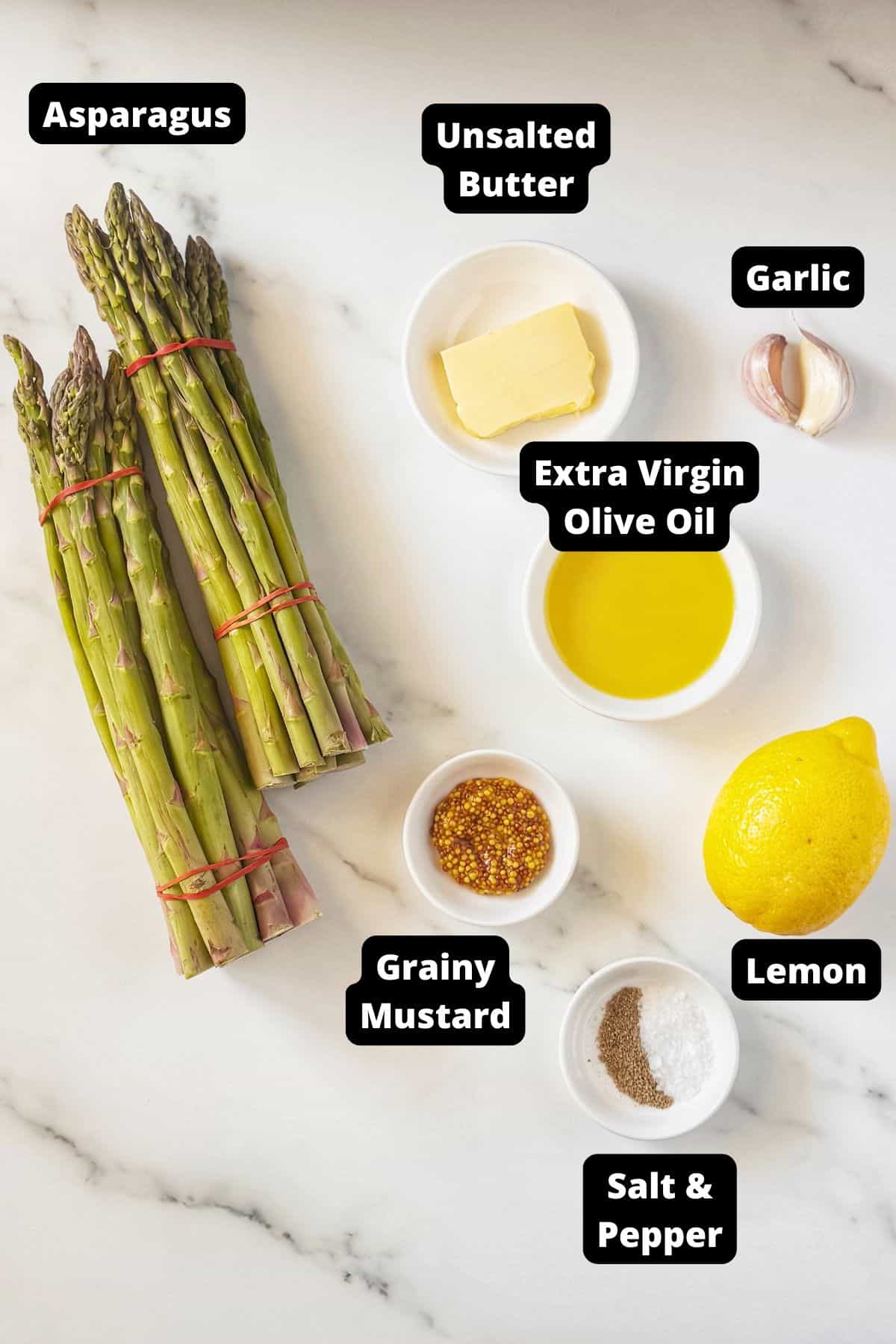
- Asparagus spears: look for fresh asparagus. Ours were slightly larger than the thickness of a pencil but you can use thicker spears, they will just take a little longer to cook.
- Extra virgin olive oil and unsalted butter: we use a small amount of olive oil and butter to sauté the asparagus.
- Garlic: we use fresh garlic for the best result.
- Grainy mustard: adds a delicious depth to the dish. You can also use Dijon mustard if you prefer.
- Lemon juice: a little helps to brighten the flavours.
- Sea salt and freshly ground black pepper: these two seasoning ingredients are essential to enhance the flavours.
Variations:
Add a crunchy topping: such as toasted bread crumbs or flaked almonds.
Yoghurt: for freshness, a drizzle of yoghurt when serving is delicious!
Feta cheese: crumbled over the top when serving.
How To Make Sautéed Asparagus:
Please see the recipe card further along in the post for exact quantities of ingredients and the full method.
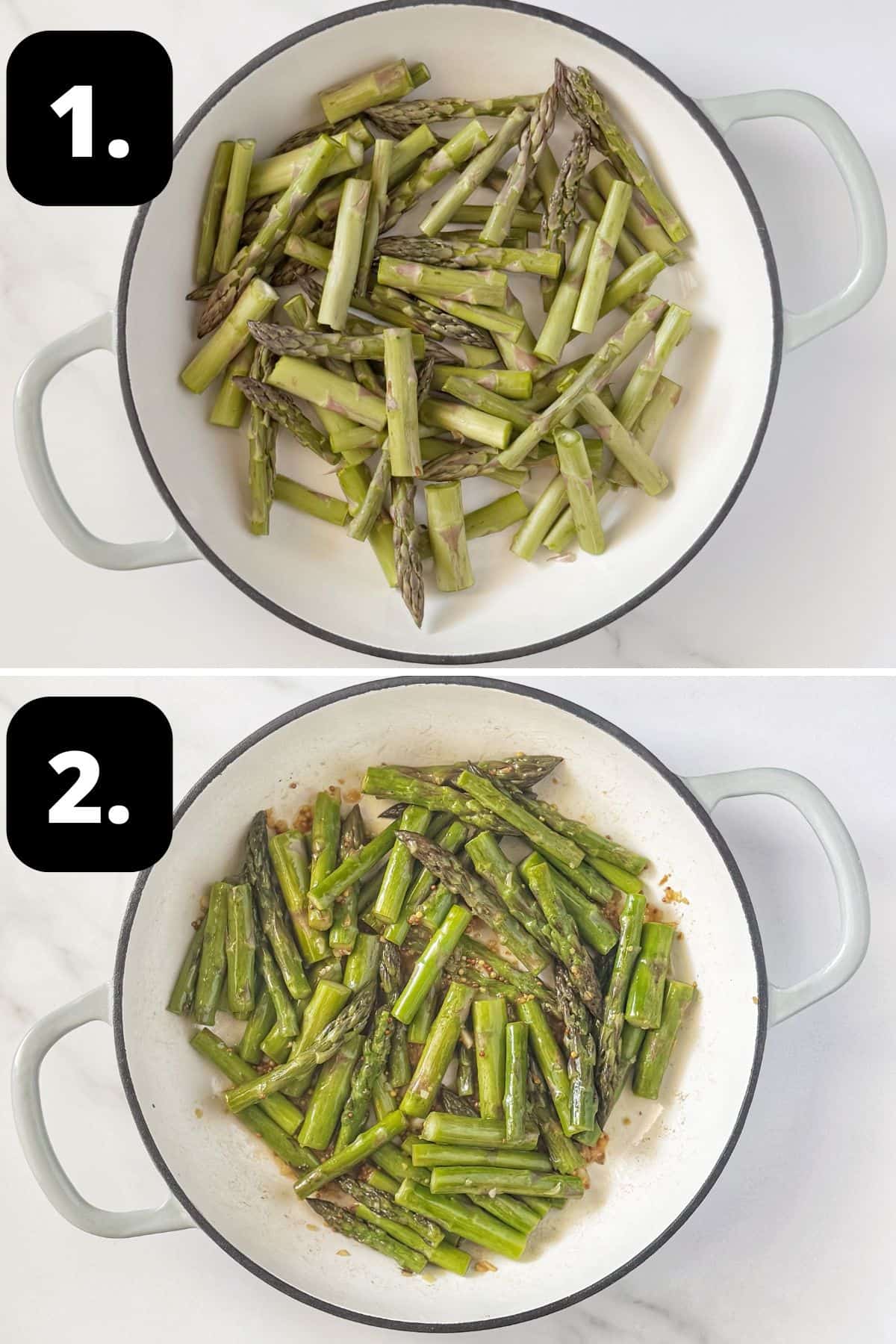
1 – Prepare your asparagus:
Trim and cut the asparagus. Sauté the garlic in a frying pan that has been preheated with a little olive oil and butter. Add the asparagus.
2 – Sauté until tender:
Cook the asparagus until just fork tender, before adding the lemon juice and mustard. Season to taste with salt and pepper.
Hint: It is important to use a shallow frying pan with a heavy base as it heats evenly. Ensure that the pan is large enough to hold the asparagus in a single layer. If they are crowded, they will steam rather than sauté.
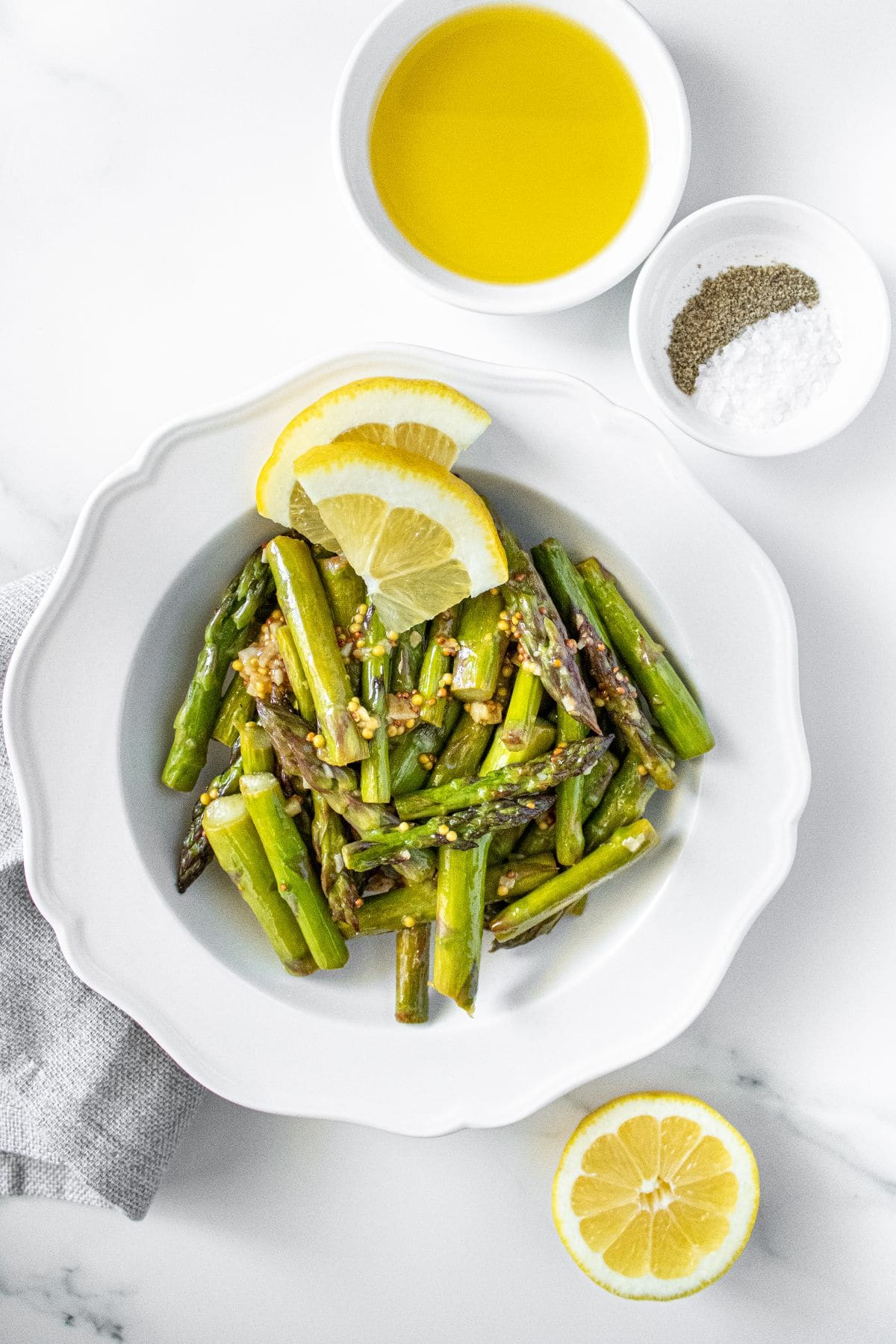
Tips for Success, Storage and FAQs:
Look for firm, crisp stalks with bright colour and tightly closed tips. Avoid any that have wrinkled stalks or feel limp. The tips should not be wilted or beginning to open. To keep it as long as possible, trim the ends as suggested in the recipe and stand the asparagus upright in a jug or jar with 2.5cm (1-inch) water and cover with a plastic bag. It should last up to three days in the fridge, depending on how fresh it was when you bought it.
Each asparagus spear has a point towards the end at which it breaks. Hold the stem between both hands and bend it until it snaps. You can do this with each spear or line them all up and cut to the same length. The woody section is where the colour changes from a light colour to green.
The asparagus is best served when freshly cooked. However, you can partially cook them and finish in a hot frying pan just before serving.
Place the asparagus in an airtight container and store in the refrigerator for up to three days.
The best way to reheat leftover sautéed asparagus is in a skillet on the stove. Simply add a little olive oil to the pan, then warm the asparagus over medium heat until heated through. You can also reheat the asparagus in the microwave.
Top Tip:
When making such a simple dish, I recommend that for the best result you use quality ingredients. Look for fresh, crisp asparagus and use the best olive oil that you have.
It is best to season the asparagus after it is cooked. If you add salt at the beginning, it will cause the asparagus to release moisture and inhibit the caramelisation that is such an important element to add flavour. Shake or stir the asparagus regularly but not constantly as it needs time to sear in the pan and develop colour.
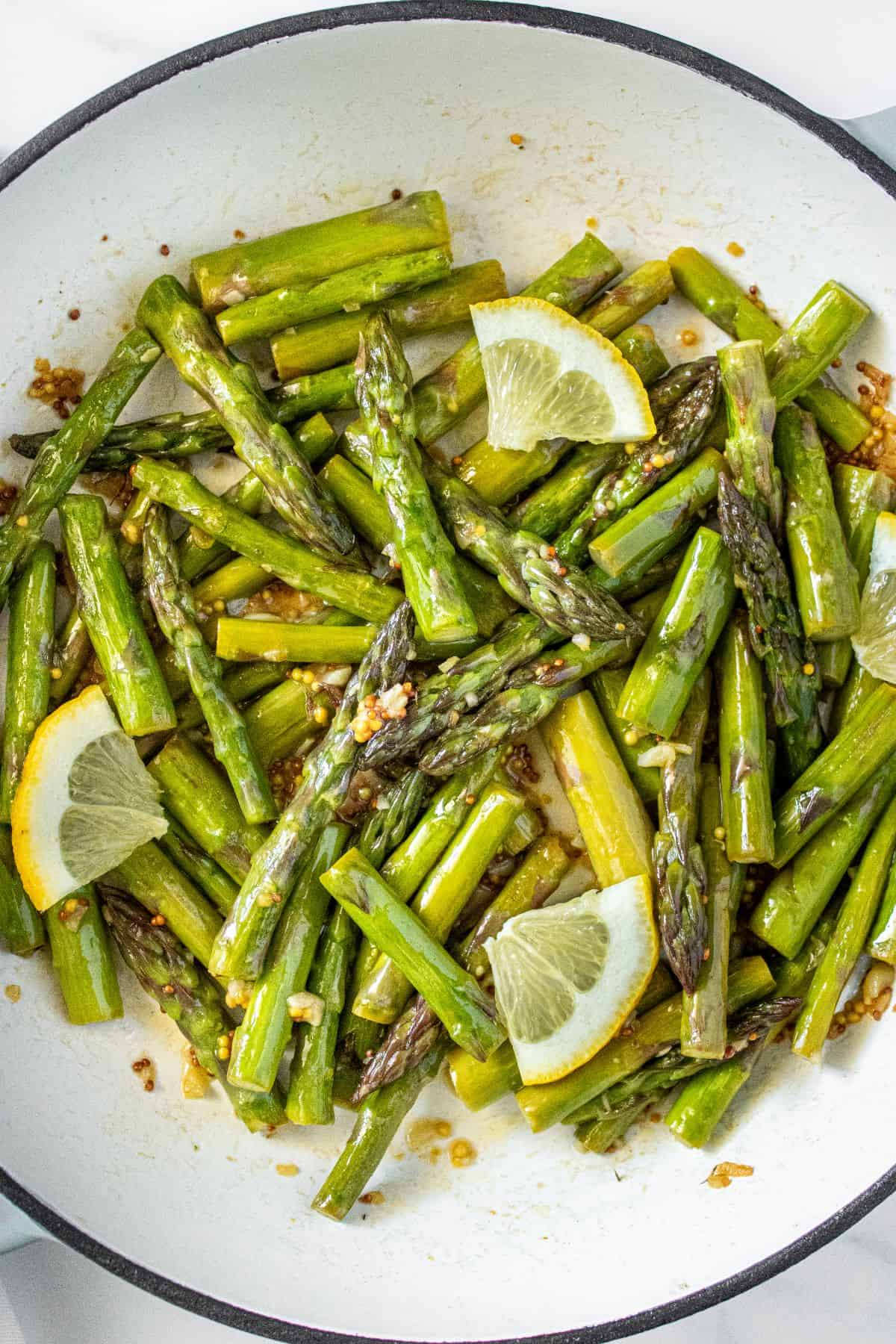
Serving Suggestions:
This Sautéed Asparagus is ideal served alongside many dishes. Some ideas are:
- Herb and Panko Crusted Salmon
- Mediterranean Marinated Chicken Breast
- Slow Roasted Pork Shoulder
- Grilled Lamb Cutlets
When you want an easily made side dish that the whole family will enjoy, look no further than my Sautéed Asparagus. The asparagus is cooked to the perfect degree of tenderness, becoming slightly caramelised whilst maintaining a slight crispness. It is quick and easy, ideal for busy weeknights but so good you will want to serve it on special occasions.
Alex xx
More Delicious Recipes For You To Try:
Stay in touch!
Follow me on Facebook, Pinterest, Flipboard and Instagram and subscribe to my newsletter.
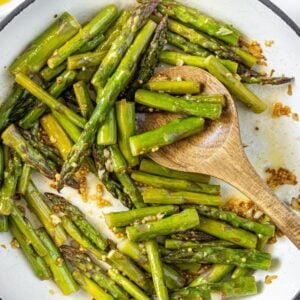
Sautéed Asparagus
Please note:
For accuracy, when weights are provided, we recommend weighing your ingredients. This will produce the best results. All oven temperatures listed are for fan forced.
Ingredients
- 350 g (12 oz) asparagus - prepared weight, once trimmed. (I started with 450 g/1 lb) See Note 1
- 1 tablespoon unsalted butter See Note 2
- 1 tablespoon extra virgin olive oil
- 2 large garlic cloves - finely chopped
- 2 teaspoon grainy/whole-grain mustard
- 1 teaspoon lemon juice - or to taste
- sea salt and freshly ground black pepper - to taste See Note 3
Instructions
- Each asparagus spear has a point towards the end at which it breaks. Hold the stem between both hands and bend it until it snaps. You can do this with each spear or line them all up and cut to the same length. The woody section is where the colour changes from a light colour to green.
- Once the woody end is trimmed, cut the asparagus into 5 cm (2 inch) pieces.
- In a large frying pan, heat the butter and olive oil over medium high heat.
- Add the garlic and sauté for 30 seconds.
- Add the asparagus to the pan and cook until just fork tender. The exact cooking time will depend on the thickness and freshness of the asparagus. For my asparagus, it took 2 minutes.
- Add the mustard and lemon juice to the pan and season with salt and pepper.Check that the seasoning is to your liking and serve immediately.
Notes
- Asparagus: look for firm, crisp stalks with bright colour and tightly closed tips. Avoid any that have wrinkled stalks or feel limp. The tips should not be wilted or beginning to open.
- Tablespoon: we use a standard Australian tablespoon which is 20 ml (4 teaspoons). For readers located elsewhere in the world, please use 1 tablespoon + 1 teaspoon for each listed tablespoon.
- Seasoning: adjust the seasoning to your liking – we recommend using freshly ground black pepper and sea salt flakes for the best flavour. Add red chilli pepper flakes if you like the heat.
- Storage: although this is best enjoyed when freshly cooked, you can place leftover asparagus in an airtight container and store in the refrigerator for up to three days.
- Reheating: the best way to reheat leftover sautéed asparagus is in a skillet on the stove. Simply add a little olive oil to the pan, then warm the asparagus over medium heat until heated through. You can also reheat the asparagus in the microwave.
Nutrition Estimate:
Nutritional Disclaimer:
The nutritional information is an estimate only, and is derived from online calculators. For accurate results, we recommend calculating the nutritional information based on the ingredients and brands you use.

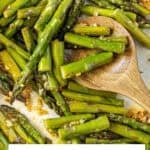

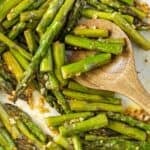


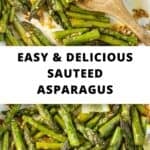
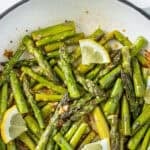

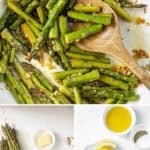
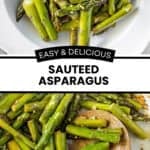
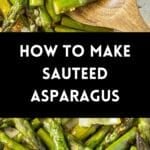
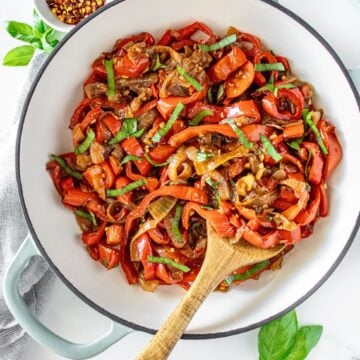
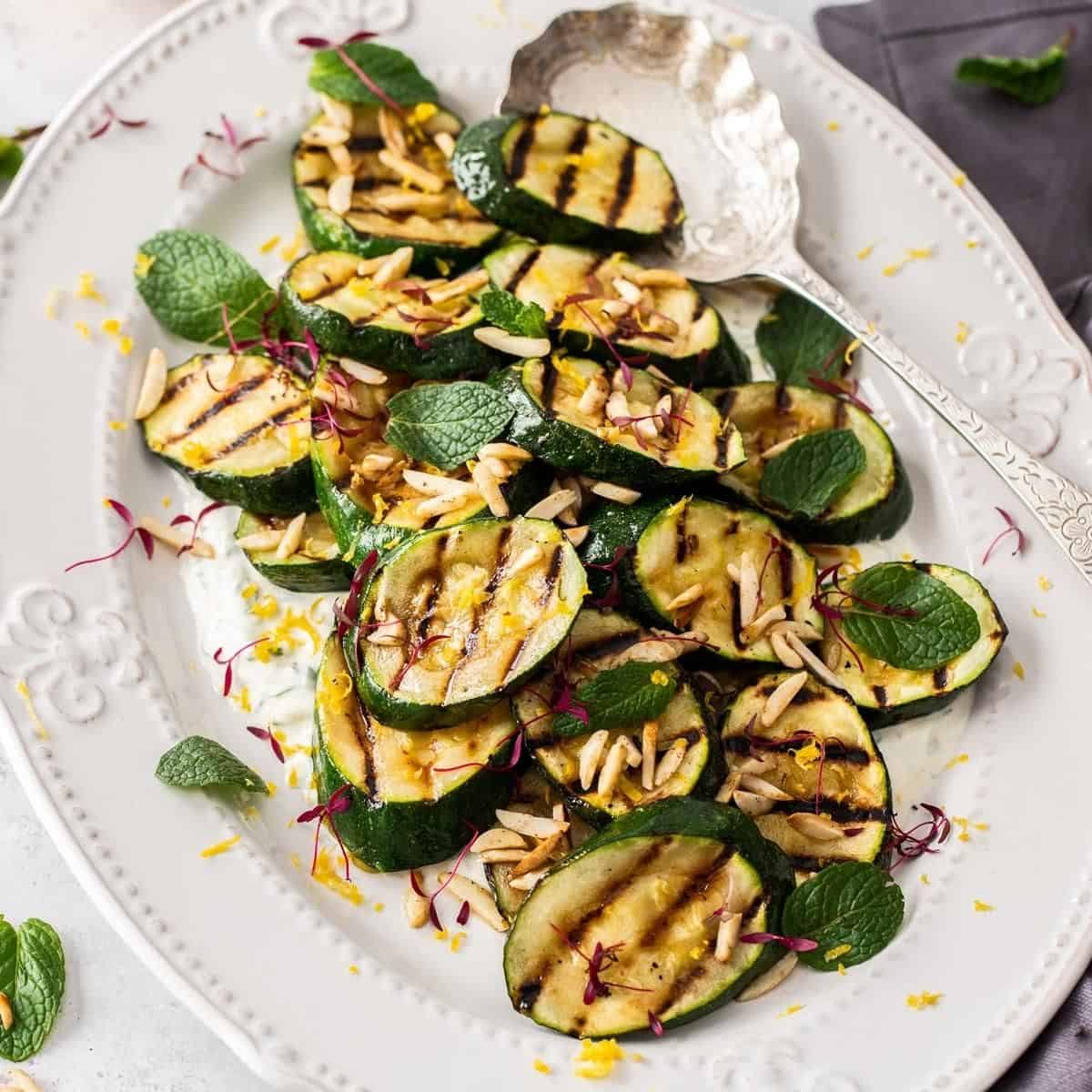
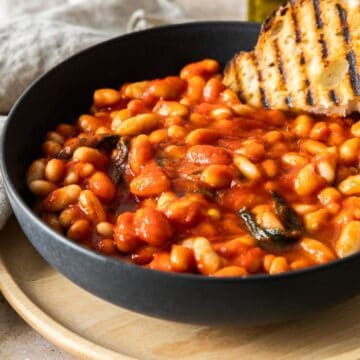
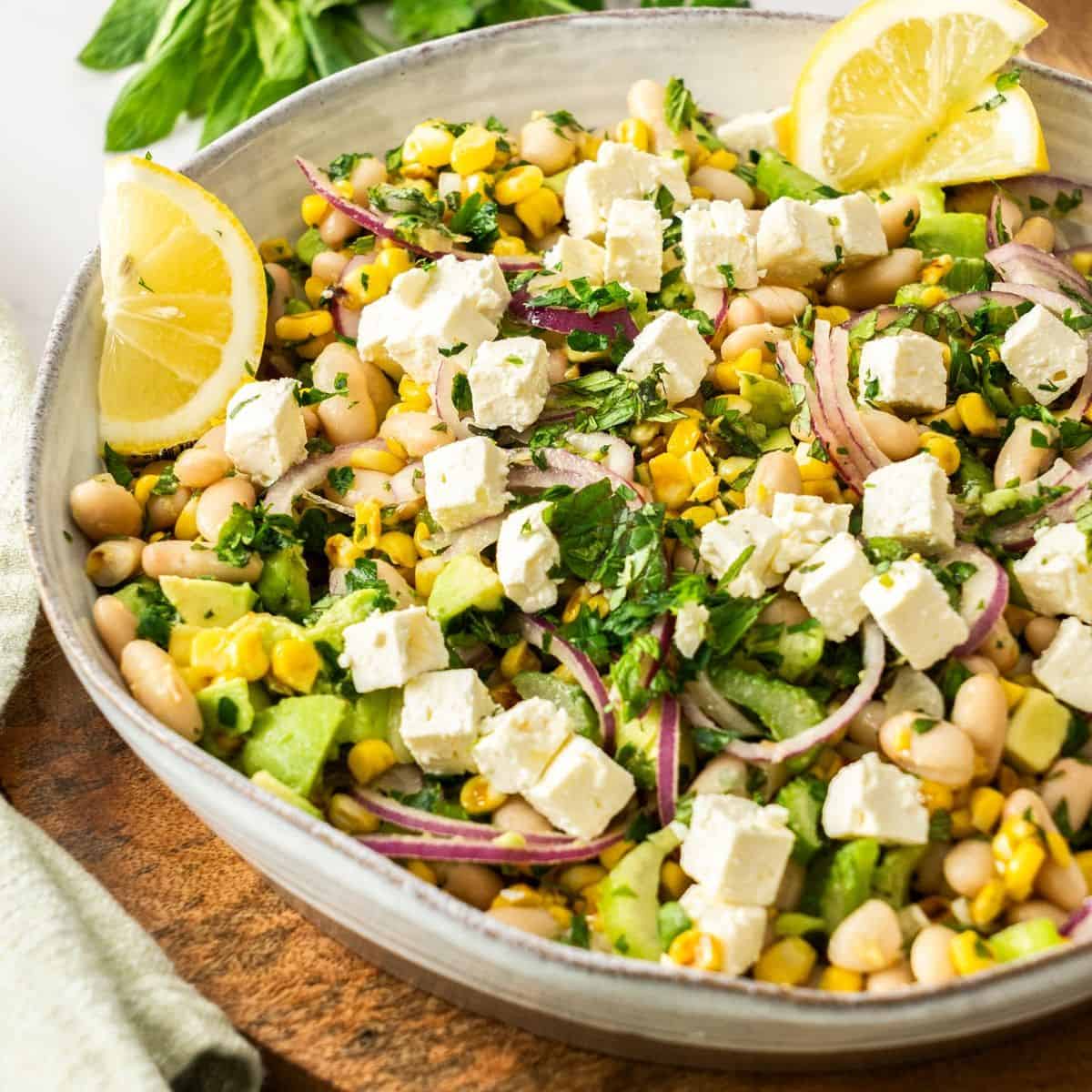
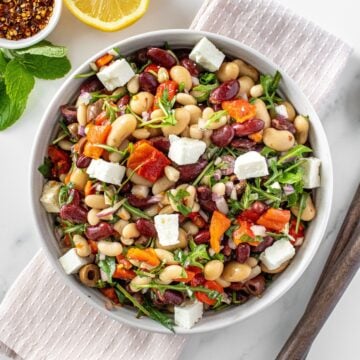
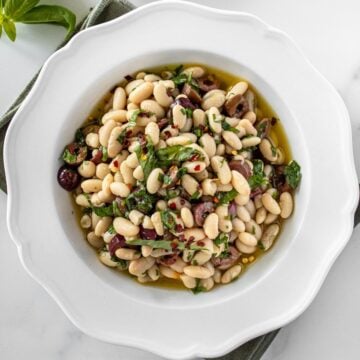
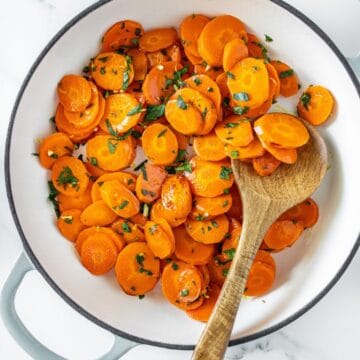
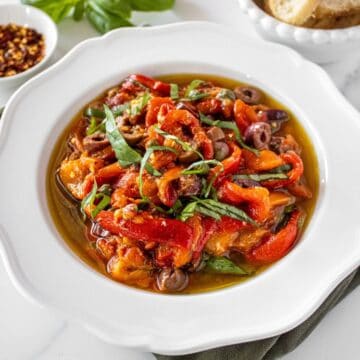
Beverly Snedden says
What is grainy mustard?
Alexandra Cook says
Hello Beverly,
Whole-grain mustard - it is ideal to use for this recipe, as it adds great flavour and texture.
Alex xo